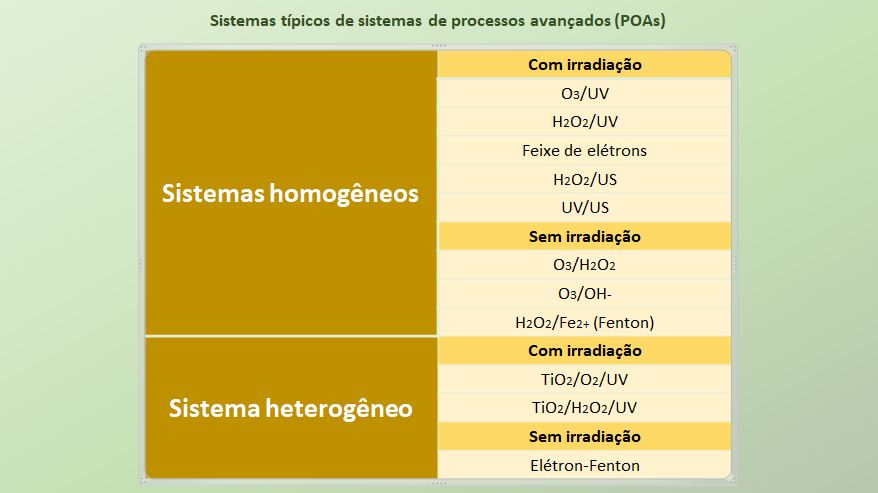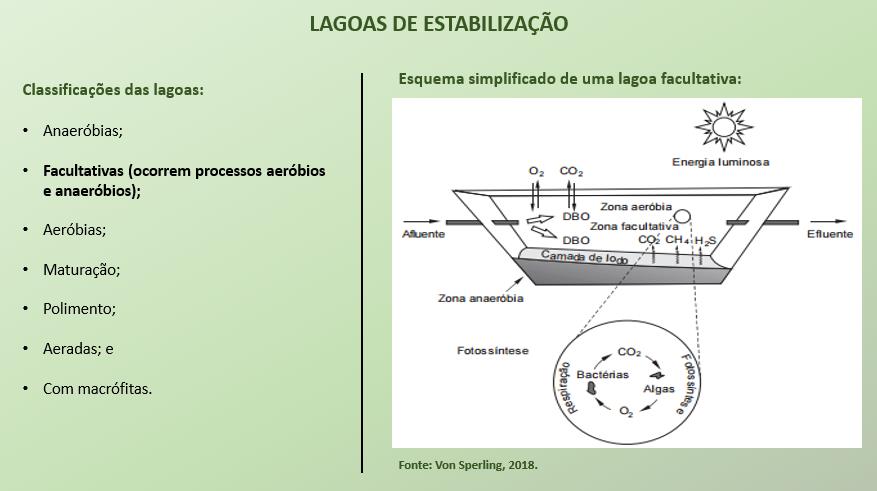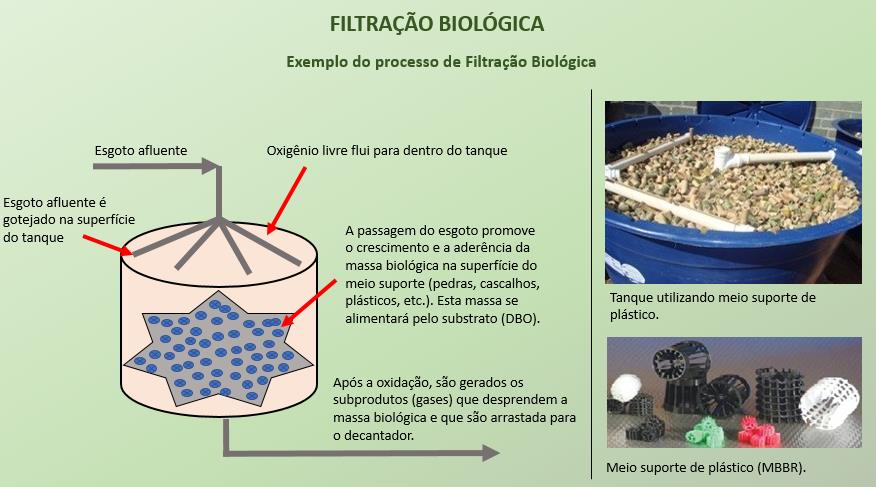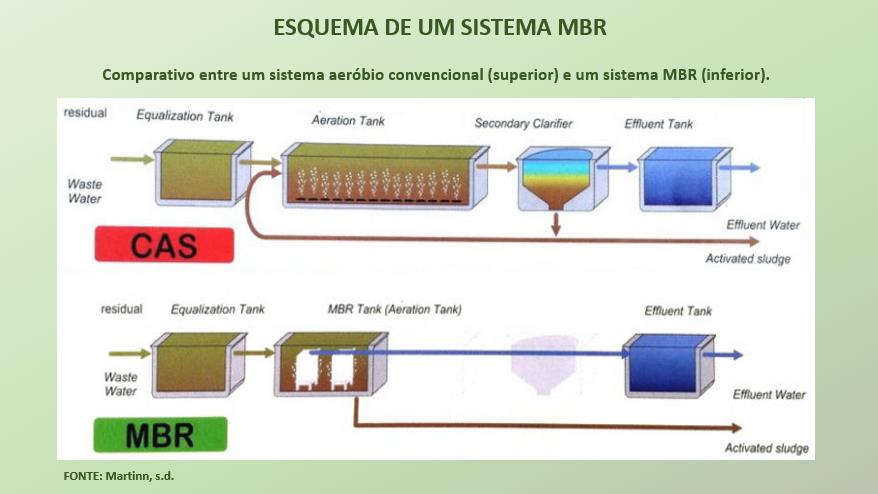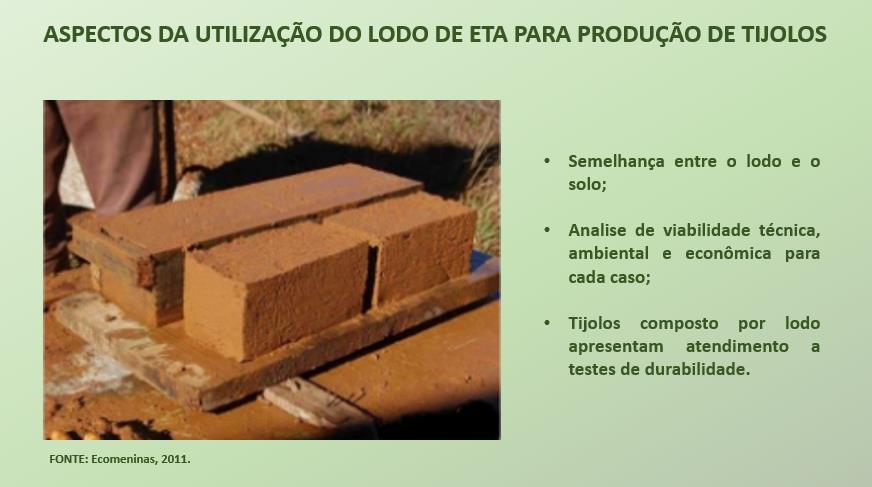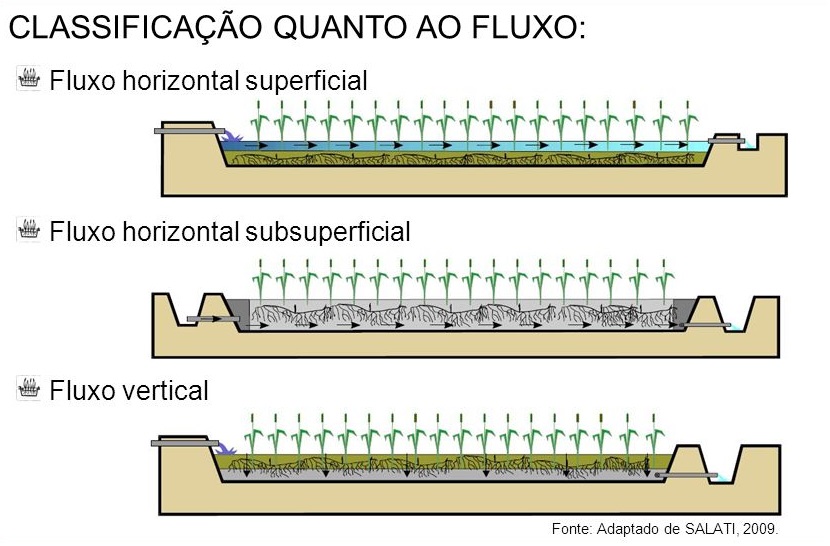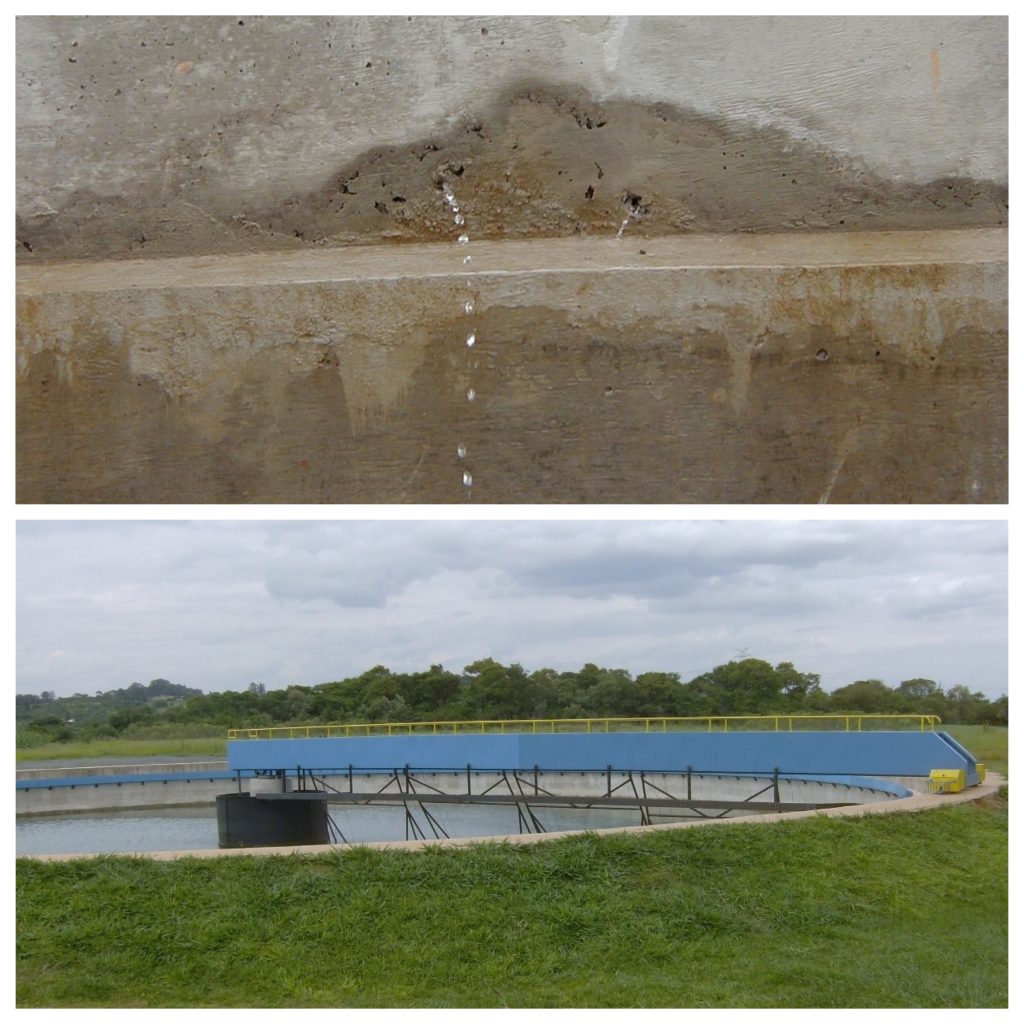DO YOU KNOW WHAT IS RETROFIT?
Retrofit or retrofitting consists of adapting a plant’s capacity to new operating and / or design conditions in scenarios where the current plant increasingly demands efficiency with lower costs.
Often the application of this procedure in a water, effluent or solid treatment plant may be more economically advantageous than its simple replacement or enlargement.
To carry out the retrofit process in ETE’s and ETA’s, H2O Engenharia evaluates the technical-economic viability of a re-design project through an analysis of the current plant and evaluates the available technologies for this adaptation to the new conditions. These services include:
– verification and evaluation of the mechanical and operational conditions of the equipment;
– a precise cost estimate;
– preparation of engineering documents showing the existing and planned system, demolitions, equipment to be procured, construction, training;
– the adequacy of each unit operation to the characteristics of water, effluent or solid waste;
– the hydraulic capacity and efficiency of the treatment and of each unit;
– verification and suitability of the civil structures of the tanks
– assessment of solid waste disposal conditions;
– meeting the conditions of water abstraction and effluent disposal.
